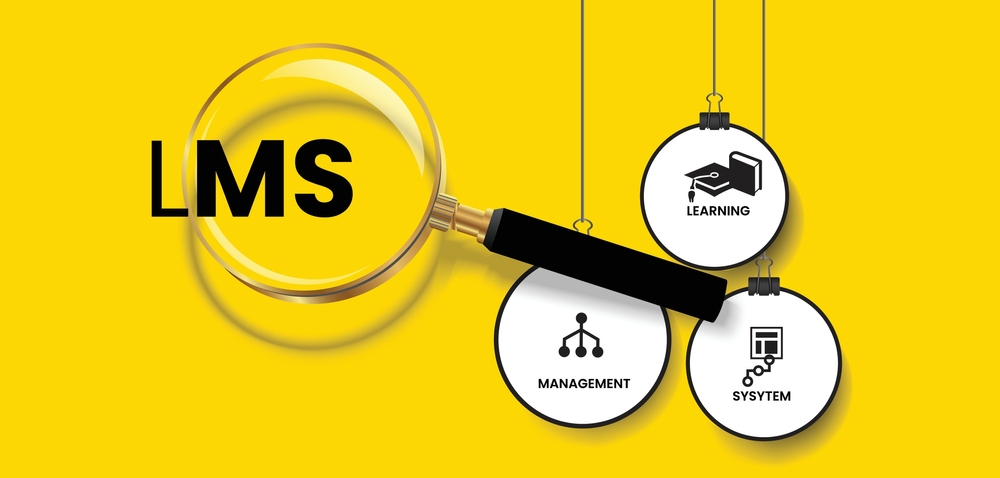Learning Management Systems (LMS) are software programs that deliver online instruction and training lessons.
An LMS’s numerous features have made it a common choice among businesses and educational institutions. They are an ideal way for in-house training of new employees. Furthermore, integrating HR performance solutions with learning management systems is a popular choice among companies today for several reasons. A few of them are mentioned below.
Easier And More Precise Data Entry
LMS, like the HRMS, requires every staff member to enter data. Since all employee information, such as academic background, experience, and so on, is necessary for both systems, it is preferable to merge them so that you only have to enter all of the data once, and you’re done.
If you are integrating both, you only need to enter the information once, thus saving time by not having to enter it multiple times.
Dual data entry also means more space for mistakes. If you have to enter data twice, the probability of data disparity increases. Even a minor digit or letter error can significantly change the records and pose complications. Integrating both systems will be highly beneficial for data entry purposes.
Identify Potential
After recognizing the organization’s talented resources, an LMS will allow you to provide supplemental training that will make them more competent and productive. The LMS measures learner progress and sends daily reports and updates to management.
This progress tracking system and archives will assist HR in identifying talented employees, allowing them to assign the new hire to the appropriate project.
On the other hand, learners who may be falling behind in their growth can regularly receive constructive criticism and assistance from HR, making sure that they do their best to focus on their training and classes.
Easier Onboarding and Introduction Process
HR is accountable for the appointment and onboarding process when a new employee is hired. Connecting this with the LMS will make employee training more accessible. When a new employee is employed, the LMS can be used to train and introduce them, making the induction and training process more efficient, time-saving, and diversified in instructional methods.
The ease of access attribute in an LMS is among the most advantageous to HR. Employees can undergo training from anywhere, and the company can manage the courses and lessons.
Powerful Online Training
While online training provided by LMS makes it simpler to train staff, it is also a more appropriate form of training. LMS provides analytics of an employee’s data to provide more personalized results, based on which you can obtain a complete record and summary of an employee’s progress.
It will display their position description, previous and current performance, and training growth. If you do not integrate your HRMS and LMS, you will have to examine and consolidate the data, whereas an LMS does this for you instantly.
Patterns and Analytics
If you integrate LMS with HRMS, you will be able to examine patterns such as training to turnover rates, promotions due to mentoring, contentment with training, and increased work productivity with training. This will also aid executives in making promotion decisions, monitoring worker productivity, and helping managers in taking steps to increase productivity levels and staff turnover. All of these will contribute to the overall work productivity of the organization.
Bottom Line
LMS integration with HRMS will be highly beneficial to an organization. It will save time, which will lead to cost savings and higher work productivity. Today, employees must be trained if they are to manage their responsibilities better. Tracking their performance and progress is also essential for making changes in the company’s training process for better results. LMS allows multiple jobs to be performed on a single platform. You don’t need to separate HR and training work with LMS integration.



